Fracture Treatment


Fracture Treatment
A Fracture of a bone ( broken bone) is usually a painful and distressing injury.
A fracture, in simple terms, is a break in the bone. There may be many different patterns, for example hairline, displaced, or comminuted.
In general, a fracture may be treated in two ways: Without surgery or With surgery. Each fracture is unique and there are pros and cons to each treatment method.
Considerations when treating fractures
When Orthopaedic Specialists consider how to treat a fracture, we consider several things, for example:
- How old is the patient, what is his/her activity level?
- How many pieces did the bone break into?
- Has the bone moved out of normal position?
- Is the fracture near a joint area?
- Is there associated joint injury?
- Can the fracture be immobilised externally?
Non-Surgical Treatment of Fracture
- A clean break of a single forearm bone, without the bone moving out of position, may be treated with a cast. (Pic 1)
- A break of the ankle bone on the outside of the ankle, with just minor moving out of position, may be treated with a cast or boot. (Pic 2)
- A fracture that is only on one side of a bone (commonly known as a hairline fracture), may be treated without surgery.
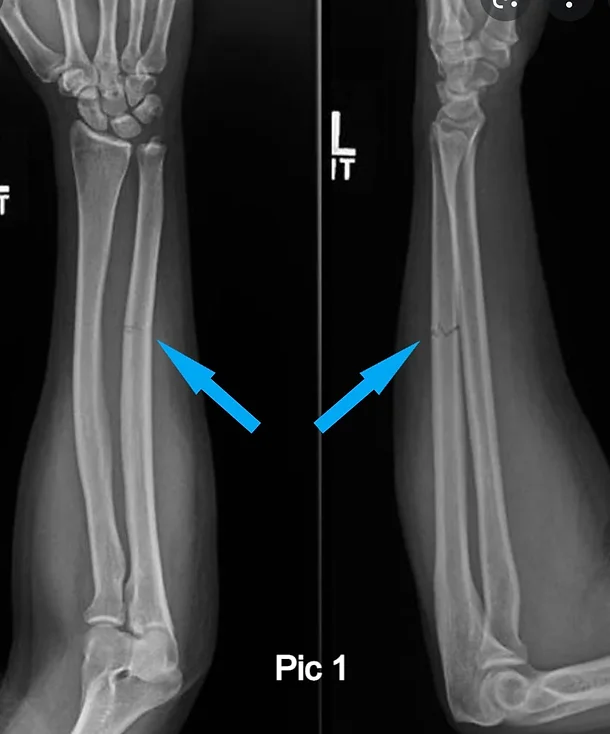
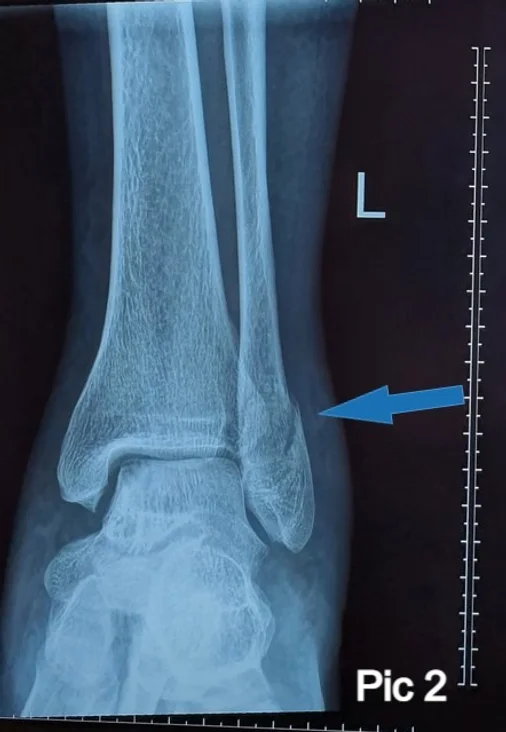
Common ways of treating fractures without surgery include:
- Cast
- Open-cast
- Aircast boot
- Splint
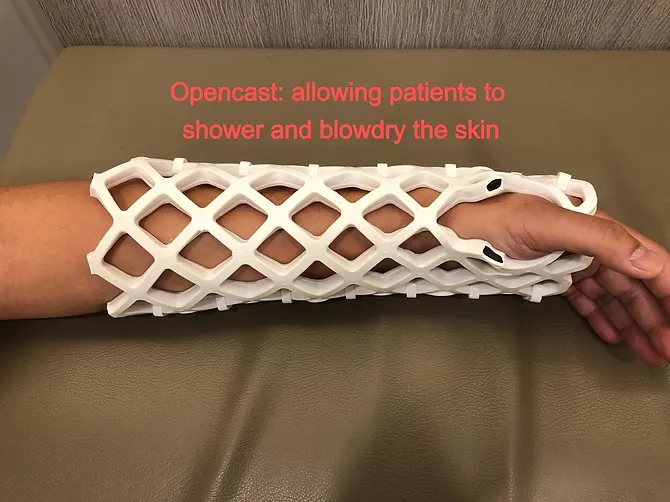

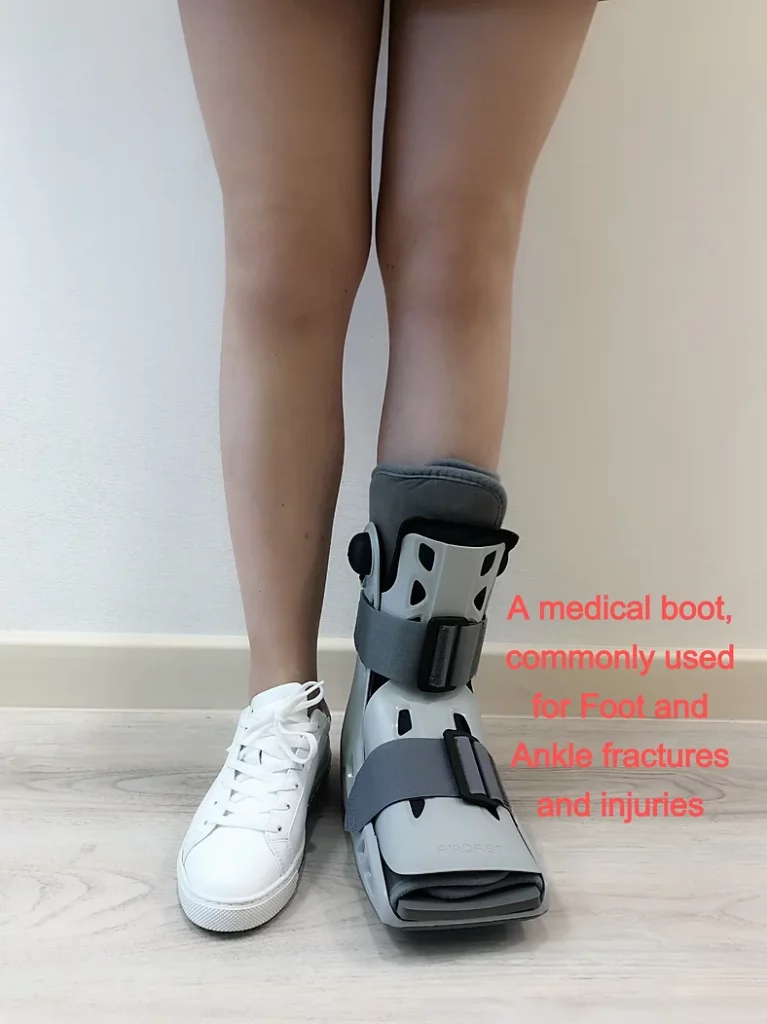
Fractures that require Surgery
Fractures that require Surgery may include:
- Bone that has broken into several pieces (‘Comminuted’)
- Fracture that has moved out of normal position (‘Displaced”)
- Fracture that has damaged a joint (‘Intra-articular’)
- Fracture of an important weight-bearing bone, eg leg bone
- Significant pain due to moving bone pieces
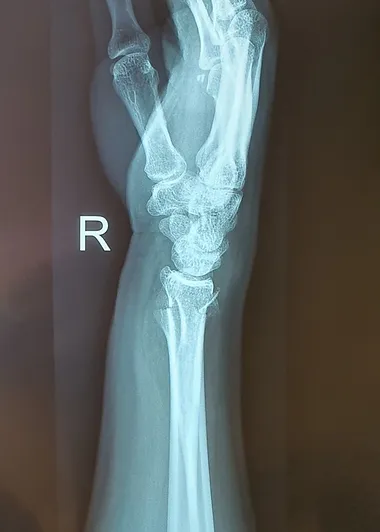
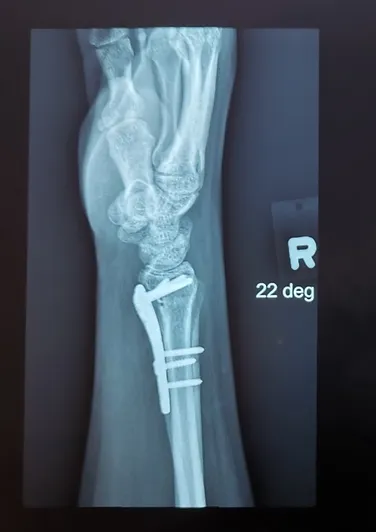
Wrist fracture, out of position
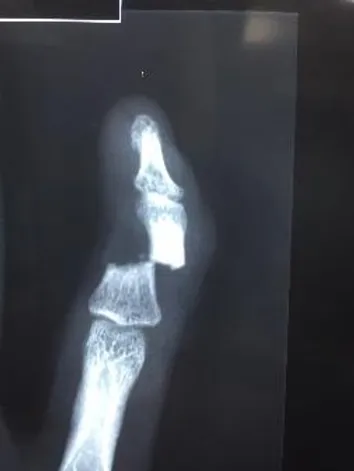
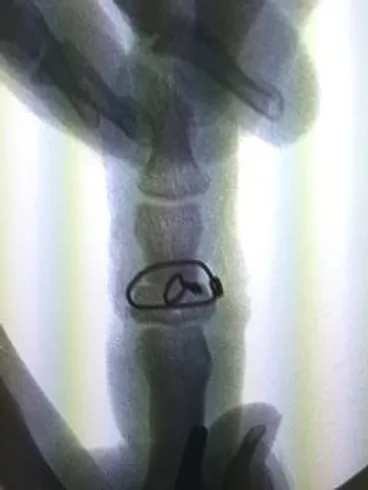
Finger fracture, out of position
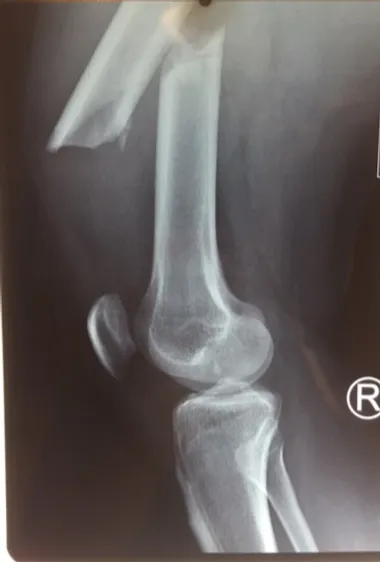
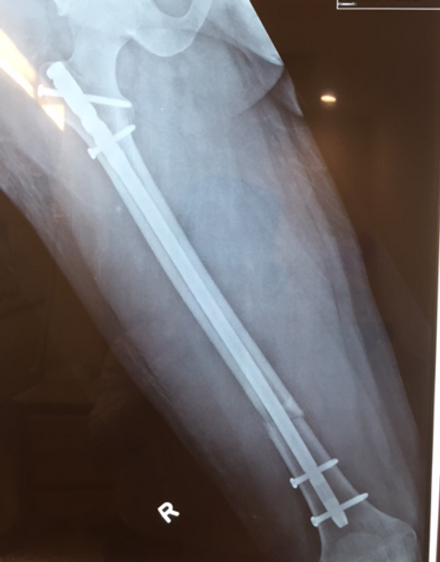
Thigh bone fracture, completely out of position
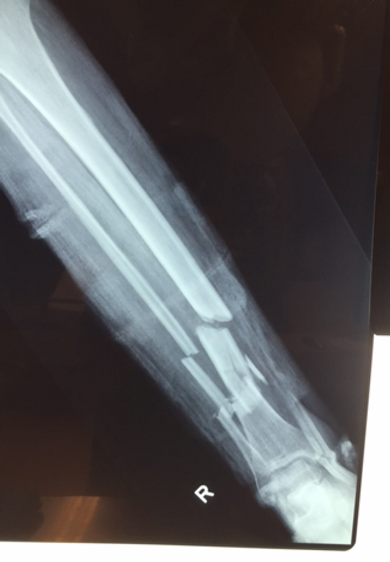
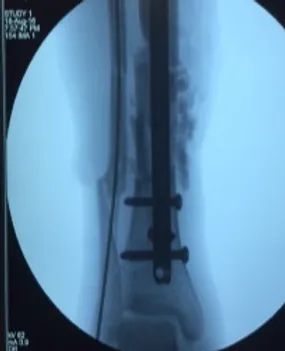
Wrist fracture, out of position
Urgency in Treating Fractures
Fractures that require Surgery may include:
- For many fractures, there is urgency in treating it definitively.
- Fractures cause significant pain and damage the surrounding tissues if the bone pieces are out of position, causing more swelling and pain.
- Early surgical treatment aims to put the bone back into its normal position, and stabilise the bone pieces with titanium or stainless steel implants. Doing so will allow many fracture patterns to heal up much faster, allow faster patient recovery, and significantly reduce patient pain.
- Importantly, many fractures have to be treated with surgery so that the patient can recover fully and prevent permanent disabilities.
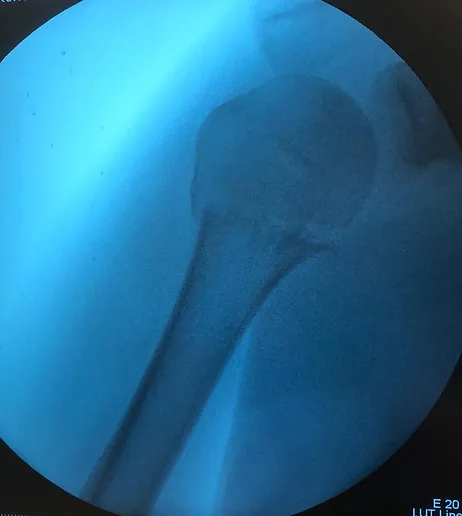
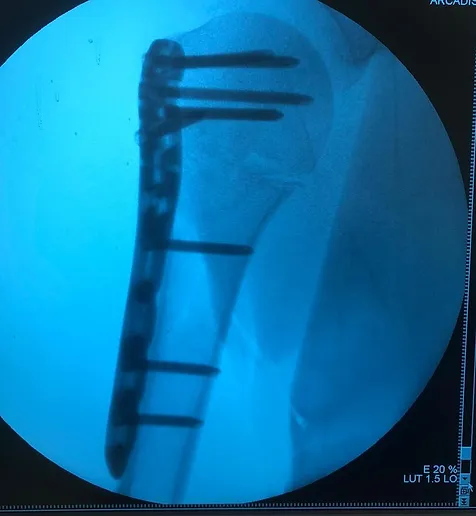
Shoulder fracture (Proximal Humerus fracture) with open of the fracture gap and small bone pieces on the medial side (right side) of the fracture.
Treated with surgery to restore bone position and fix with plate and screws.
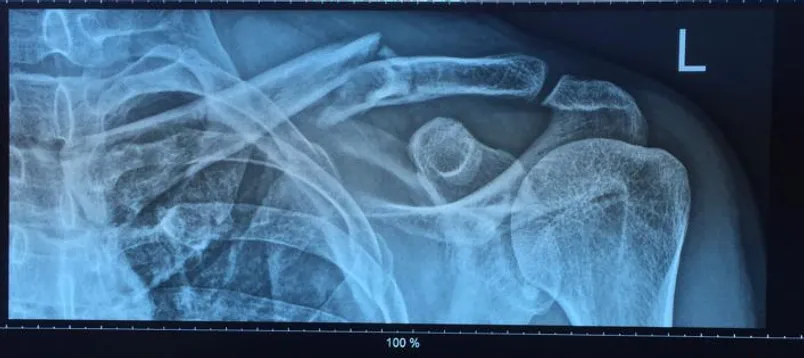
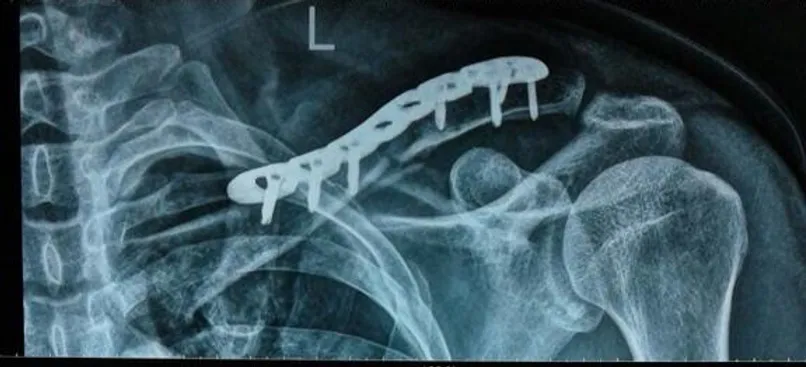
Collarbone (clavicle) fracture with bone piece sticking out and causing significant pain. Treated with surgery, immediately reducing patient's pain and allowing fast recovery of arm function.
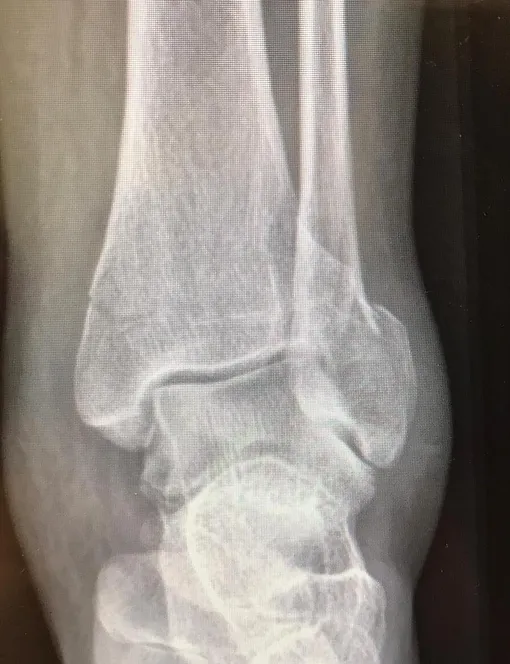
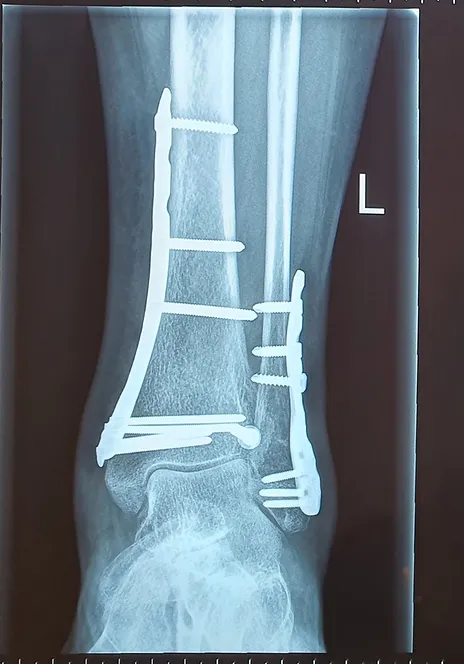
Ankle fractures on both the inside and outside of the ankle, with bone moved out of position. Treated with surgery, and patient was able to start walking 1-2 weeks after surgery.
Arranging for Urgent Fracture Treatment
- We understand the urgency and distress of Fractures.
- Urgent cases can be accepted and assessed on the day itself.
- Typically, surgery treatment for such cases may be arranged either on the same day itself or the following day.
- Expeditious treatment helps relieve our patients’ pain and helps them get back to normal life as soon as possible.
Other types of Fractures
- Stress Fracture
- Stress Fractures commonly occur in adolescents or young adults, due to continuous physical activity or a sudden increase in physical activity. Stress Fractures usually require several months of rest to recover.
- Spinal Fracture
- The most common spinal fracture is a Vertebral Compression Fracture (VCF) in the elderly, due to weak bones and a fall. Such fractures can be treated either with a period of rest for 2 months or a Vertebroplasty procedure, where cement is injected into the fractured bone to support the bone structure, allowing immediate pain relief and fast recovery.
- Fractures due to Disease
- This refers to where the bone has underlying disease, and the bone fractures because the underlying disease has weakened the bone. Examples of this may include fractures of the bone due to secondary cancer in the bone.
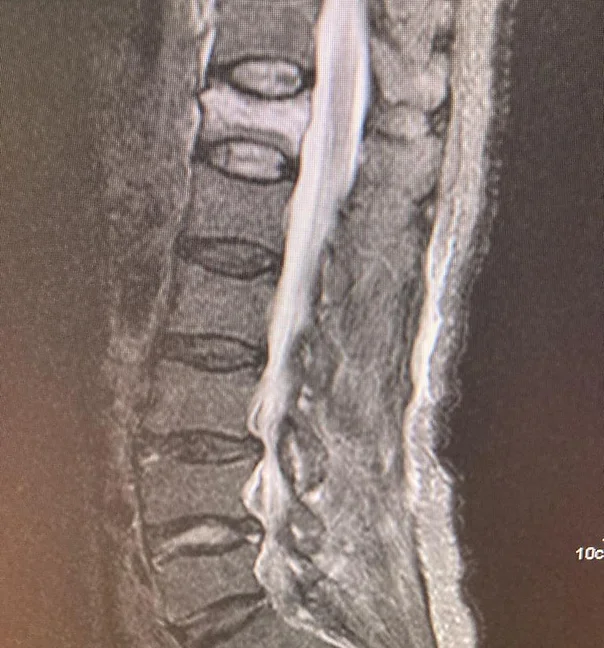
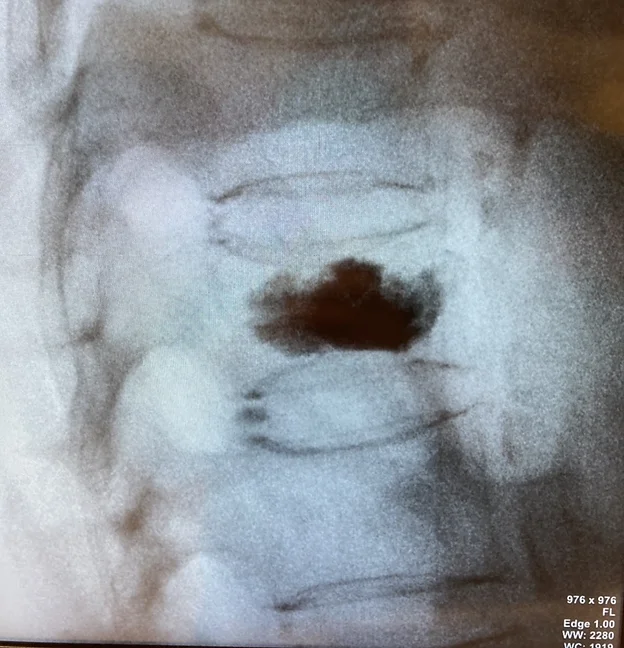
The left image shows a VCF of the T12 vertebra in the back (the white-coloured, bowtie-like bone). The right image shows this T12 fracture treated with cement injection (Vertebroplasty), restoring the rectangular shape of the bone and reducing pain immediately.

Medisave / Insurances
Patient Resources
Videos
Fracture Treatment
Cartilage Repair Treatment
Alternatives to Knee Replacement
Knee Replacement Surgery
ACL Reconstruction
Knee Cartilage/Meniscus Repair
Hip Replacement Surgery
Hip Scope Surgery
Shoulder Scope Surgery
Ankle Ligament Surgery
Spinal Injection Therapy
Steroid Injection
Knee Replacement Physio
Hip Replacement Physio

